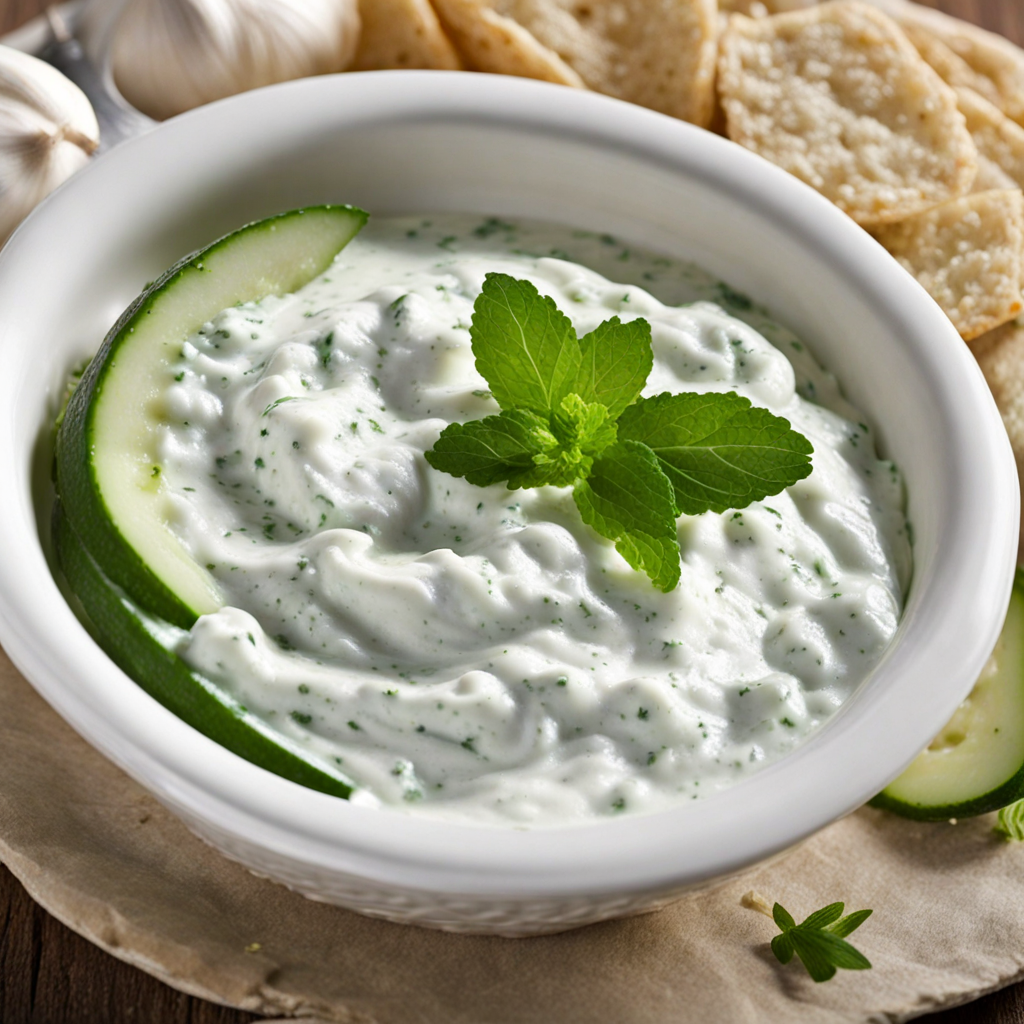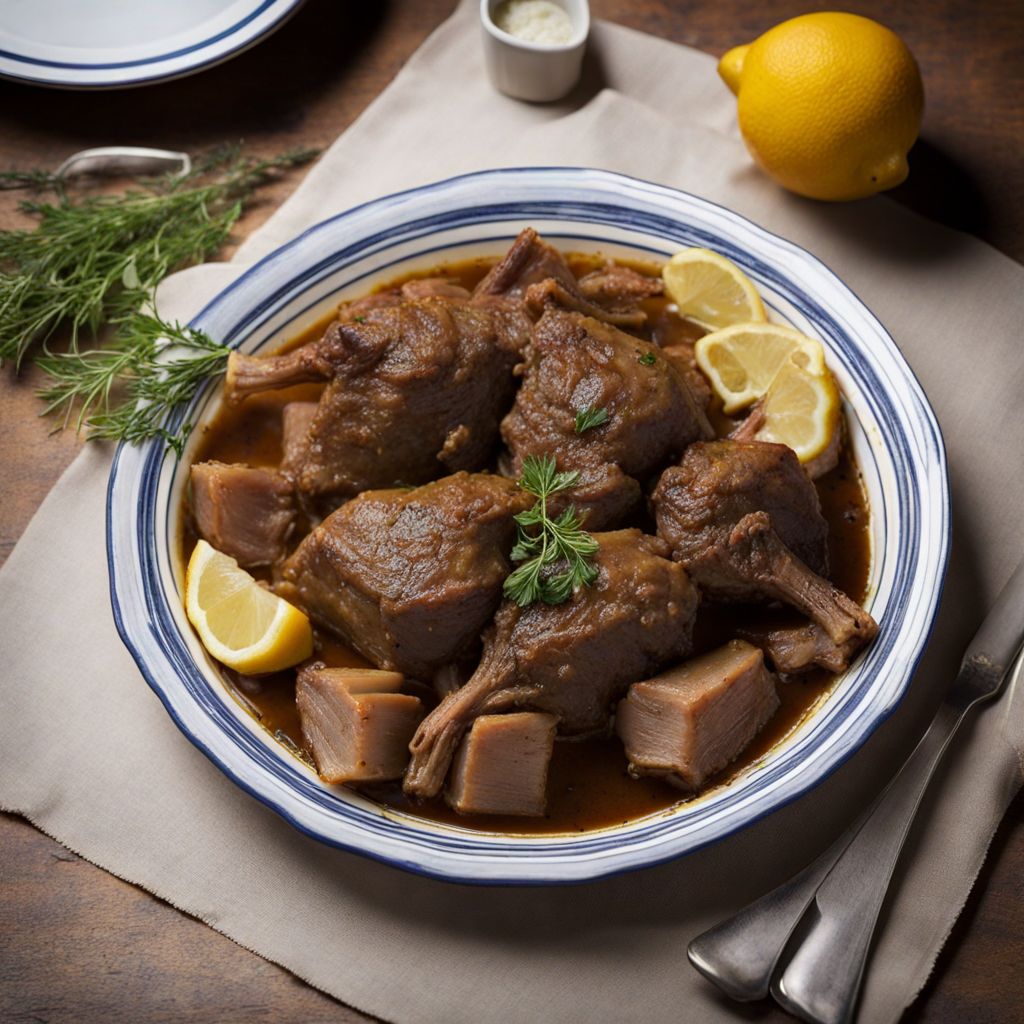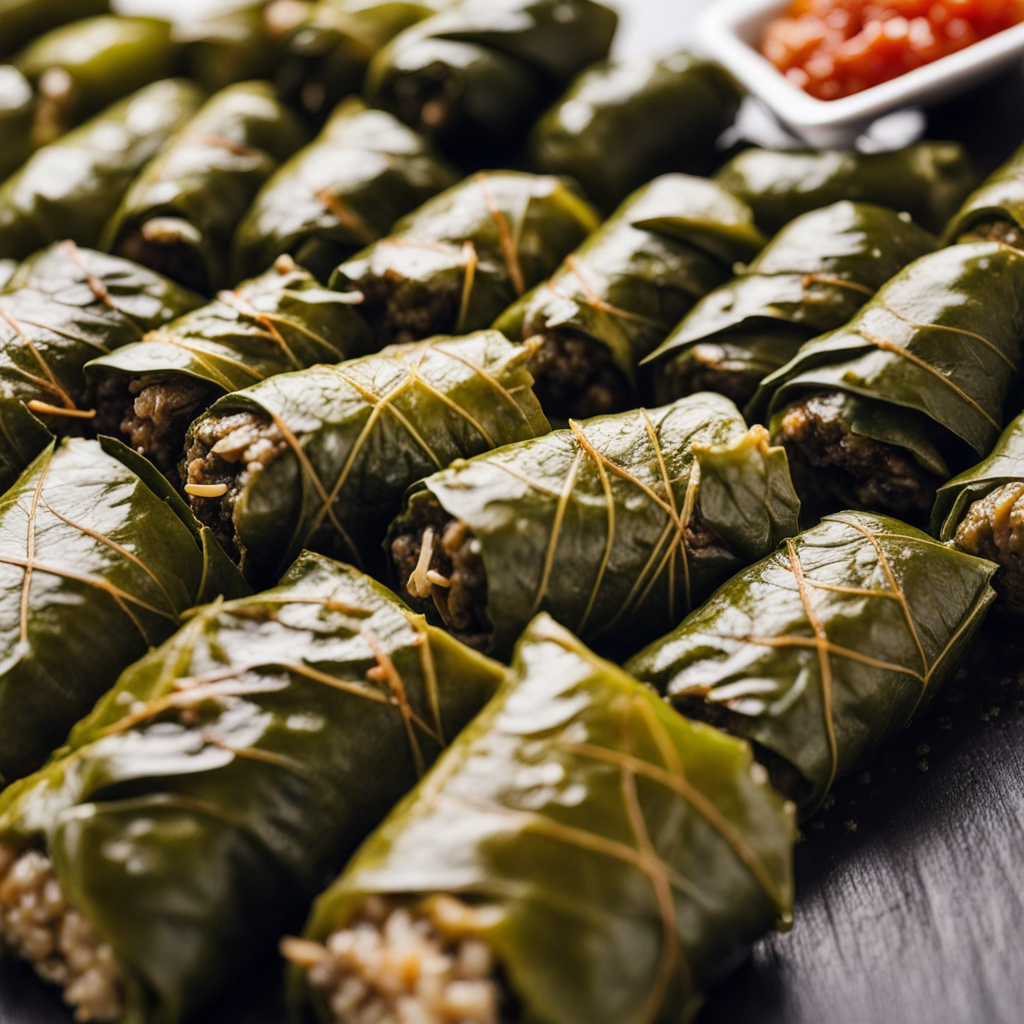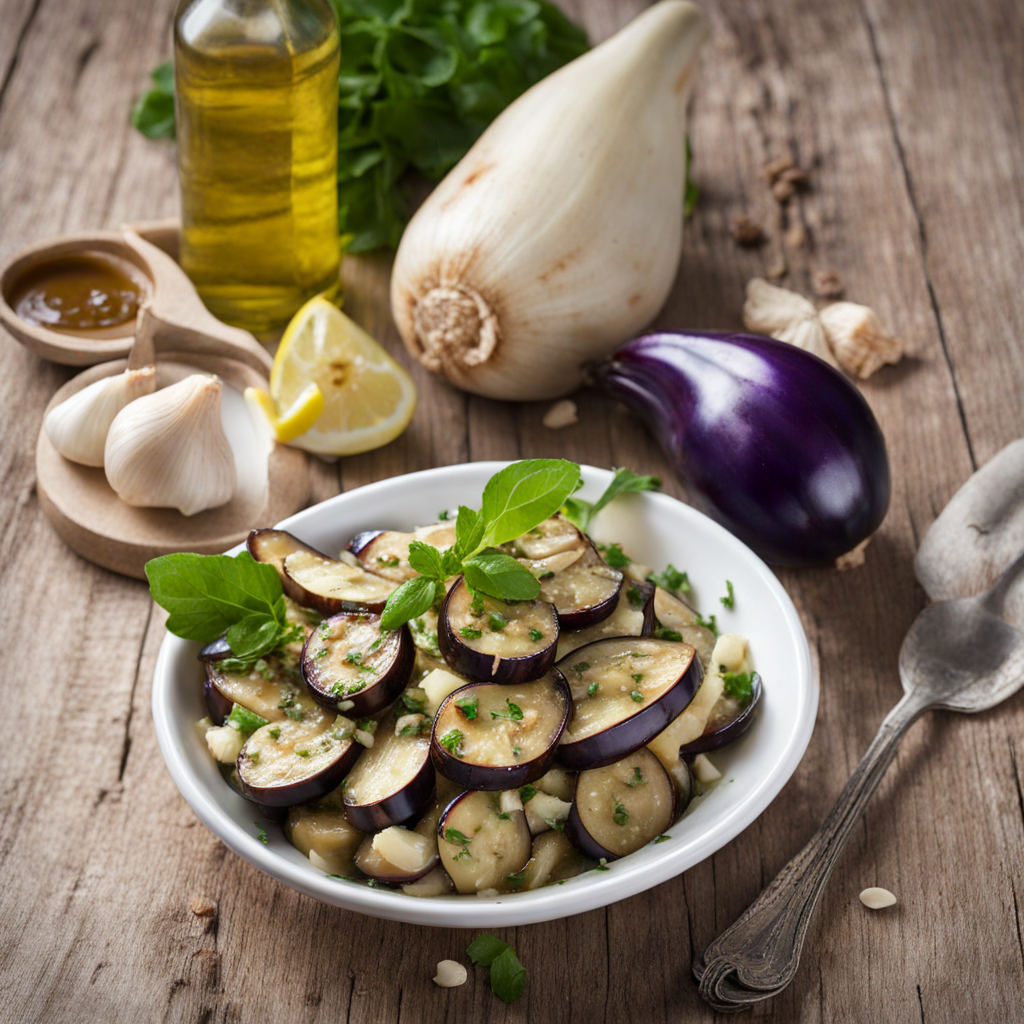Galatopita
Galatopita is a delightful Cypriot dessert that offers a unique blend of flavors and textures, making it a must-try for any adventurous foodie. This traditional milk pie features a creamy filling made primarily from milk, sugar, and a hint of vanilla, all enveloped in a delicate pastry crust. The filling is typically thickened with semolina or rice, resulting in a luscious, custard-like texture that melts in your mouth, while the pastry adds a satisfying crunch that contrasts beautifully with the softness of the filling. One of the standout characteristics of Galatopita is its versatility. While the classic version remains a favorite, it can be infused with various flavorings such as orange zest or cinnamon, adding a fragrant twist to the dessert. Some variations may even incorporate ingredients like almond or coconut, enhancing the depth of flavor and providing a subtle nutty richness. This adaptability makes Galatopita not only a delightful dessert but also a canvas for culinary creativity. Served warm or chilled, Galatopita is often dusted with powdered sugar or accompanied by a drizzle of honey, making it a visually appealing addition to any dining table. Its comforting flavors and inviting aroma evoke a sense of nostalgia, as it is commonly enjoyed during family gatherings and special occasions in Cyprus. Each bite of Galatopita is a journey into the heart of Cypriot cuisine, allowing you to experience the warmth and hospitality of the island through its beloved dessert.
How It Became This Dish
The Sweet Legacy of Γαλατόπιτα: A Culinary Jewel of Cyprus #### Origins and Etymology Γαλατόπιτα, pronounced galatopita, is a traditional Cypriot dish that translates to "milk pie." Its name is derived from two Greek words: "γάλα" (gala), meaning milk, and "πίτα" (pita), meaning pie. The origins of galatopita can be traced back to the culinary traditions of the Mediterranean, where dairy-based desserts have long been celebrated for their rich flavors and textures. The dish is believed to have emerged in the rural areas of Cyprus, where fresh milk from goats and cows was readily available, and local ingredients were the foundation of everyday meals. The exact timeline of galatopita's creation is shrouded in the mists of time, but it likely took shape alongside the island's agricultural practices and the influence of various civilizations that occupied Cyprus throughout its history, including the Greeks, Romans, Byzantines, and Ottomans. Each of these cultures contributed to the culinary tapestry of the island, resulting in a rich blend of flavors and techniques that characterize Cypriot cuisine today. #### Ingredients and Preparation At its core, galatopita is made from simple yet wholesome ingredients: milk, sugar, eggs, semolina (or corn flour), and typically flavored with vanilla or lemon zest. The use of semolina lends the pie a unique texture, giving it a creamy, custard-like filling that is encased in a flaky pastry shell. While some recipes may vary, the essence of galatopita remains constant, focusing on the delicate balance between sweetness and creaminess. Preparation begins with making the filling, where milk is heated and combined with semolina, sugar, and eggs, often stirred continuously to avoid lumps. Once the mixture thickens, it is poured into a prepared pastry base. The pie is then baked until the top is golden brown, creating a delightful contrast between the crisp crust and the soft, luscious filling. Traditionally, galatopita is dusted with a light sprinkling of powdered sugar and cinnamon before serving, adding a fragrant touch that enhances its appeal. #### Cultural Significance Galatopita holds a special place in Cypriot culture, often served during festive occasions, family gatherings, and celebrations. It is a staple dessert for holidays such as Christmas, Easter, and weddings, symbolizing abundance and hospitality. The act of preparing galatopita is often a communal affair, with family members coming together to share recipes, techniques, and stories, thus reinforcing bonds and traditions. In addition to its role in celebrations, galatopita also reflects the island's agricultural heritage, showcasing the importance of dairy farming and local produce. The dish embodies the Cypriot spirit of resourcefulness, as it utilizes readily available ingredients to create a beloved delicacy. As such, it represents the connection between the land and the people, serving as a reminder of the island's rich natural resources and culinary traditions. #### Historical Development Over the centuries, galatopita has evolved alongside the changing cultural landscape of Cyprus. The island's tumultuous history, marked by conquests, migrations, and trade, has influenced its culinary practices. The introduction of new ingredients and techniques by various cultures has led to adaptations of traditional recipes, including galatopita. During the Ottoman period, for instance, the influence of Turkish cuisine can be seen in the incorporation of additional flavorings such as rose water or mastic, enhancing the complexity of the dish. Furthermore, the globalization of food culture in the 20th and 21st centuries has introduced new interpretations of galatopita, with modern chefs experimenting with flavors and presentation, while still honoring its traditional roots. In recent years, the revival of interest in traditional Cypriot cuisine has sparked a renewed appreciation for dishes like galatopita. As the island embraces its culinary heritage, local chefs and home cooks alike are rediscovering time-honored recipes, ensuring that galatopita remains an integral part of Cypriot culture. Food festivals, cooking classes, and cultural events celebrate traditional dishes, allowing the younger generation to connect with their culinary past. #### Modern-Day Galatopita Today, galatopita continues to be a cherished dessert in Cyprus, enjoyed by locals and visitors alike. While traditional recipes remain popular, contemporary variations have emerged, with some cooks adding ingredients such as ricotta or yogurt to the filling for added richness. Innovative chefs experiment with different types of pastries or incorporate local flavors, such as citrus or nuts, to give the dish a modern twist. The growing interest in Cypriot cuisine on the global stage has also led to the inclusion of galatopita in international food festivals and culinary events, showcasing the dish as a representative of the island's gastronomic identity. As a result, galatopita is no longer confined to the island; it is now celebrated in restaurants and homes around the world, where it is served as a delightful dessert that embodies the warmth and hospitality of Cypriot culture. #### Conclusion Galatopita is more than just a dessert; it is a reflection of Cyprus's rich culinary heritage, blending history, culture, and community. Its origins, rooted in the island's agricultural practices, have evolved over time, adapting to the influences of various cultures and modern culinary trends. Today, it stands as a symbol of Cypriot identity, a sweet reminder of the island's tradition of hospitality and the enduring connection between food and culture. As we savor a slice of galatopita, we not only indulge in its delightful flavors but also partake in a rich tapestry of history that has woven itself into the very fabric of Cypriot life. With each bite, we celebrate the resilience of tradition, the joy of community, and the timeless pleasure of sharing food with loved ones. In this way, galatopita continues to thrive, bridging the past and the present while sweetening the future of Cypriot cuisine.
You may like
Discover local flavors from Cyprus







